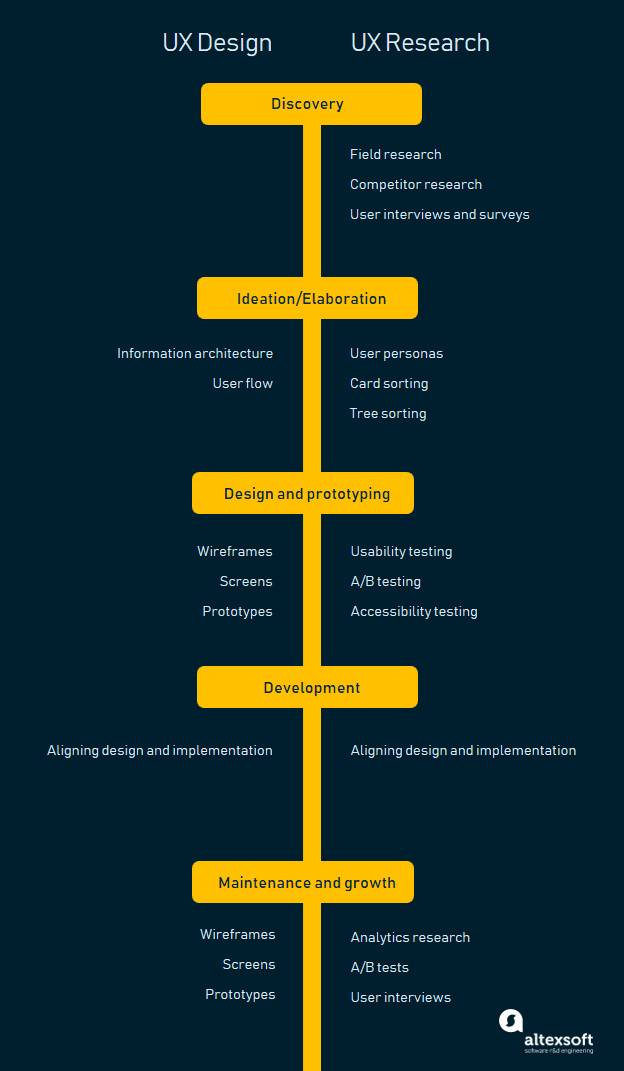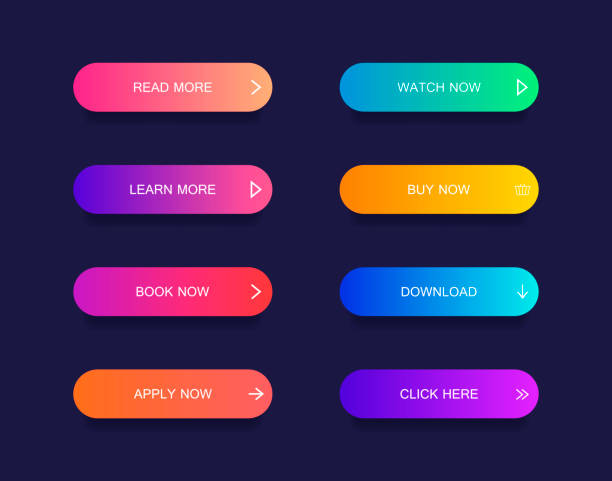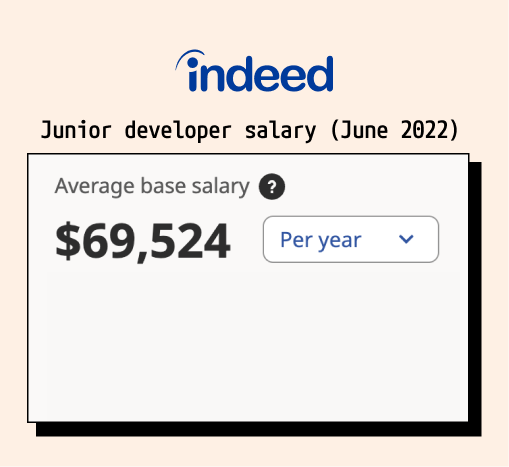
CSS layouts enable web designers control the look of web pages. You have many options for controlling the layout of your web page. These include CSS Flexible Box Layout and positioning div tags. You can learn CSS layouts to design your next website layout. These techniques will help you create the best website possible, whether you're just starting out or have been designing pages for some time.
Positioning div tags
CSS layouts allow you to control the position of div tags by adding the property z-index to them. The z-index value indicates how high the element should be over other elements on the page. The higher the value, then the closer the element will be to the top. In other words, the higher z-index the div should appear, the better. To position an element, you can add a different Z-index value.

Floating an Elements
It is not easy to understand how to flot an element in CSS layouts. It can be useful for creating precise layouts, but it is not recommended. Floats allow you to arrange text and images on a page, so that the content wraps around them. However, there are other purposes for floats. Below, we'll look at some of these common uses. You can display image thumbnails in a gallery or allow text to wrap around images.
Column-gap property
CSS layouts' column-gap allows you change the spacing between items. The property was originally intended for multi-column layouts but has expanded its uses to grid and flex containers. Gap properties have gained popularity. Although the gap property is simple to use, it requires some CSS knowledge. Here are some things to know about it.
Floating an element to the right
It is possible to move an HTML element to the left in a CSS layout. You can place text around an element, wrap it around another element or create a CSS div float to its right. The float property is a CSS style property that defines the right value. It also tells browsers two things: the type selection and its own place in the flow.
Floating an Element to the Left
By using the float property, you can move an element to the left within CSS layouts. Its value, which is left, tells the browser that it should wrap around the text and image in the paragraph. Additionally, it should not occupy any spaces in the document's overall flow. The float property can also be used to specify its location on any HTML element.

Margin collapse
CSS allows to shrink the margins in your elements. This is useful if your goal is to make certain pages more compact. The collapsed margins can only be applied to adjacent elements or nesting elements. If the margin of a parent is 0%, and there is a descendant, the descendant's margin will be greater than its parent.
FAQ
How much do web developers make?
When working on a website for yourself, you'll probably earn around $60-$80 per hour. But if you want to charge a lot more, you should consider becoming an independent contractor. A typical hourly rate for a freelancer could be between $150 and $200.
How do you create a free website.
It depends on what type of website you want to create. Do you want to sell products online? Start a blog? Build a portfolio?
It is possible to create a basic website with HTML and CSS (a combination HyperText Markup Language & Cascading Style sheetss). You can create a simple website with HTML and CSS. But most web developers recommend using a WYSIWYG editor (such as Dreamweaver, Frontpage).
If you don't have experience designing websites, hiring a freelance developer might be the best option. They will help you design a website that suits your specific needs.
A freelance developer may charge you either a flat-fee per project, or an hourly fee. The cost of hiring a freelancer varies depending on how much work they complete within a given timeframe.
For example, companies may charge 50-100 dollars an hour. For larger projects, rates are usually higher.
In addition, many freelance websites list available jobs. It is possible to search on these websites before reaching out directly to potential developers.
Web development: Is it hard?
Web Development is not easy, but if you have a passion for coding, there are many online resources that can help you learn how to code.
The only thing you need is to search for the right tools and follow their steps step by step.
YouTube and other platforms have many tutorials. You can also use free online software such as Notepad++, Sublime Text, etc.
Many books are also available in libraries or bookstores. Some of the most popular ones include:
O'Reilly Media presents "Head first HTML & CSS".
O'Reilly Media's "Head First PHP/Mysql 5th Edition"
Packt Publishing, "PHP Programming For Absolute Beginners",
I hope this article was helpful.
What Is Website Design Software?
Graphic artists, photographers, illustrators, and writers use website design software to create websites and other digital media.
There are two types of website design software available: cloud-based and desktop apps. Desktop apps are downloaded to your computer locally and you will need additional software. Cloud-based applications are hosted on the internet. This makes them great for mobile users.
Desktop Applications
Desktop applications may have more advanced features than cloud-based solutions but they aren’t always necessary. Some people prefer to work exclusively from a desktop app because they find it more convenient. Some prefer to use the exact same tool whether they're using a smartphone or a laptop.
Cloud-Based Solutions
Web designers who want to save time and money should choose a cloud-based solution. These services enable you to edit any document from anywhere with an internet connection. This means you can use your tablet to do some work while you wait for your cup of coffee to brew.
You will still need to buy a license if you choose to use a cloud-based program. However, additional licenses are not required to upgrade to a newer version.
These programs can be used to create web pages, if you have Photoshop, InDesign or Illustrator.
Statistics
- At this point, it's important to note that just because a web trend is current, it doesn't mean it's necessarily right for you.48% of people cite design as the most important factor of a website, (websitebuilderexpert.com)
- Did you know videos can boost organic search traffic to your website by 157%? (wix.com)
- In fact, according to Color Matters, a signature color can boost brand recognition by 80%. There's a lot of psychology behind people's perception of color, so it's important to understand how it's used with your industry. (websitebuilderexpert.com)
- Is your web design optimized for mobile? Over 50% of internet users browse websites using a mobile device. (wix.com)
- It's estimated that in 2022, over 2.14 billion people will purchase goods and services online. (wix.com)
External Links
How To
How do I get started in UI Design?
There are two ways to become a UI designer:
-
You can get a degree from school in UI Design.
-
You can become a freelancer.
To be able to enter school, it is necessary to attend college/university and complete four years. This includes art, computer science, business, marketing, psychology, etc.
There are also state universities and community colleges that offer classes. Some schools offer free programs, while others charge tuition fees.
After you graduate, you must find work. You must establish a client base if you want to work for yourself. Networking with other professionals is important so that they know you are there.
Opportunities to intern in web development companies are available. Many companies hire interns in order to gain valuable experience before they hire full-time employees.
It will be easier to land more jobs once you have a portfolio of your work. Your work samples, as well details of the projects, should all be part of your portfolio.
It's a great idea to email your portfolio to potential employers.
As a freelancer, you will need to market yourself. You can list your services on job boards such Assure, Guru, Freelance, Guru and Upwork.
Freelancers frequently receive assignments from recruiters who post jobs online. These recruiters look for qualified candidates to fill specific positions.
These recruiters typically provide the candidate with a project brief outlining the position's requirements.
While freelancers aren't required to sign contracts for a long time, they can still be paid. However, if you plan to move forward, it is best to negotiate an upfront payment.
Many designers prefer working directly for clients and not through agencies. This may sound ideal but many people lack the skills.
Agency workers often have extensive industry knowledge. They also have access to specialized training and resources that allow them to produce high-quality work.
Agency workers often receive higher hourly rates in addition to these benefits.
However, the disadvantage of working with an agency is not having direct contact with your employer.
A UI designer must be self-motivated, creative and flexible.
It is also important to have great verbal and written communication skills.
UI designers create user interfaces and visual elements for websites.
They are also responsible to ensure the site meets user needs.
This involves understanding what information visitors need and how the site should function.
Wireframes can be created by UI designers with a variety tools. Before they begin designing, wireframing allows them to visualize the page's layout.
Online wireframe templates make it simple to create your own wireframes.
Some designers focus solely on UI design, while others combine UI design with graphic design.
Photoshop is used to edit images by graphic designers.
They then use Adobe InDesign to lay out pages and layouts.
Photographers capture images using digital cameras or DSLRs.
They then upload the pictures to a photo editing program where they add text captions, filters, and other effects.
After the shoot, the photographer saves and archives the image in a format compatible with website.
It is vital to consider all aspects in the web design process.
This includes research and planning, wireframing, prototyping testing, coding, content creation and publishing.
Research – Before starting any new project, it is important to conduct extensive research.
Planning - Once you've completed your research, you'll want to begin developing a plan.
Wireframing- A wireframe - A wireframe represents a sketch of an application or web page.
Prototyping: Prototypes can help to ensure that the final product meets the initial vision.
Testing - Multiple rounds of testing should be done on the prototype to make sure it works properly.
Coding - Coding refers to the process of writing computer code.
Content Creation – This covers everything from creating copy to managing social accounts.
Publishing involves uploading files on a server to ensure that the site is accessible.
You will need to have a broad knowledge of different projects in order as a freelance UX/UI developer.
Some companies, for example, only need wire frames. Others require complete prototypes.
Depending on the type of project you accept, you may be asked to complete specific tasks.
For instance, if your job is to create wireframes you might have to make several over the course of time.
If you're required to build a complete prototype of a website, you may also be required to design a fully functional version.
Strong interpersonal skills are important regardless of the project type.
Since most clients hire freelancers based on referrals, you must build solid relationships with potential employers.
You must also be able communicate clearly both verbally as well as in writing.
A portfolio is an important tool in any freelancer's arsenal.
It showcases your work and demonstrates your ability to deliver high-quality results.
Online portfolios can help you do this.
You can find similar websites to yours online to help you get started.
Next, search these sites to discover which site offers what services.
Once you've identified the best practices, it is time to start implementing them.
It's also useful to include links from your portfolio in your resume.